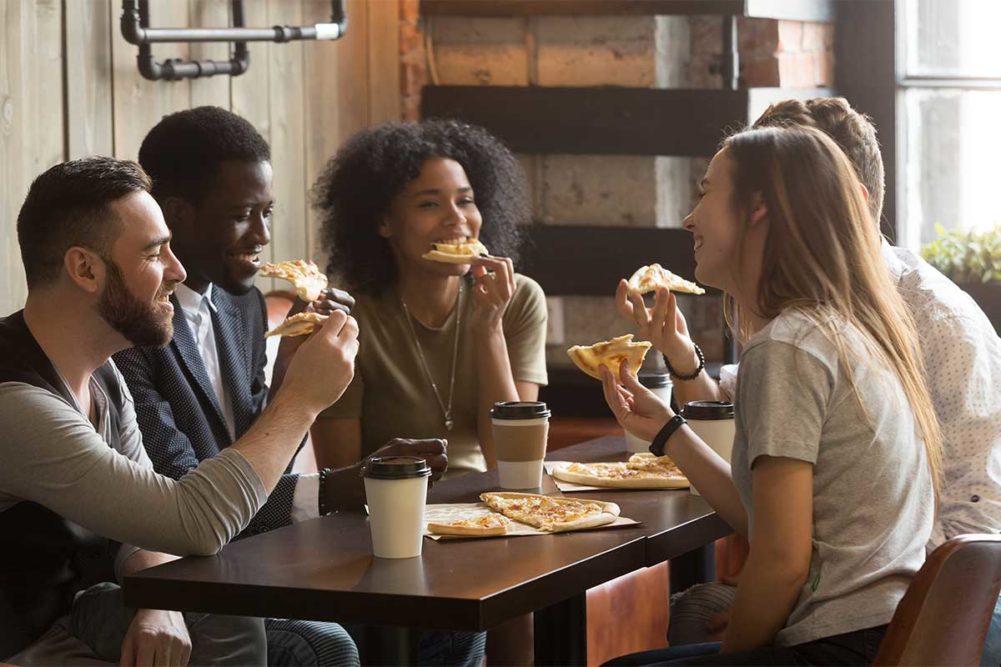WASHINGTON, DC — With the rollout of vaccines, consumers are finally becoming more confident in the safety of eating out, which means the trends of pandemic shopping are ready to change. The American Bakers Association (ABA) explored these coming changes in an ABA Member webinar on Wednesday, May 19, in which Todd Hale, retail insights thought leader and principal at Todd Hale, LLC, discussed data of consumer trends from before and during the pandemic as well as surveys of how shoppers say they’ll be shopping in the near future.
The US Census Bureau’s Advance Monthly Sales for Retail & Food Services showed a surge in year-to-date sales through April of 2021, with dollar sales being up 17% from 2020 and 15% from 2019. This means in general consumers are buying more. But there are still some issues in the fresh bakery department in the first quarter of 2021 as consumers remain cautious of hands-on practices, with doughnuts, pies and cupcakes seeing negative sales compared to 2019, according to Retail Measurement Services from NielsenIQ. That said, artisan bread, cakes and croissants are seeing positive growth, with croissant sales sailing at 33.9% more than pre-pandemic.
Because of the heightened preference for a hands-off experience, many quick service restaurants are redesigning their facilities with smaller dining rooms or no dining rooms at all, better access to pick-up or walkup options and second story kitchens so operations can be distanced from guests as they eat. Establishments unveiling these designs include McDonald’s and Burger King
Other restaurants that have primarily been dine-in establishments are focusing on pick-up and delivery options in the expectation that many consumers will continue with some of their pandemic habits. Maggiano’s has crafted a whole line of pre-made meals for consumers to take home and warm up in their microwaves. Delivery services such as GrubHub and DoorDash are seeing huge increases in sales in 2021, according to Bloomberg Second Measure, reinforcing the idea that consumers may maintain some of their pandemic eating habits.
The foodservice industry continues to look for ways to adapt and evolve to meet consumers' quickly changing needs. There is a new method of delivery with on-demand food trucks that will go directly to consumers’ doors and cook their meal by order. Amazon has expanded its in-garage grocery delivery service to 5,000 US cities, and companies such as Albertsons, Domino’s and Kroger are testing alternative delivery methods including robot, drone and driverless delivery services.
While projected 2021 sales for restaurants are $133 billion below 2019, they are still expected to be 11% higher than those seen in 2020, based on data from the National Restaurant Association. In a survey by NielsenIQ, 28% of households said they are expecting to visit restaurants and bars more this summer than they did in 2020. Only 18% responded that they would not visit restaurant and bars this summer.
While at-home food demand will likely fall in the coming months as establishments reopen and return to some level of normal, sales will likely remain ahead of pre-pandemic levels, Mr. Hale predicted.
“Brick and mortar will continue to hold the lion’s share of food sales, but e-commerce will capture the lion’s share of growth,” Mr. Hale said. “What do you bring to each?”






